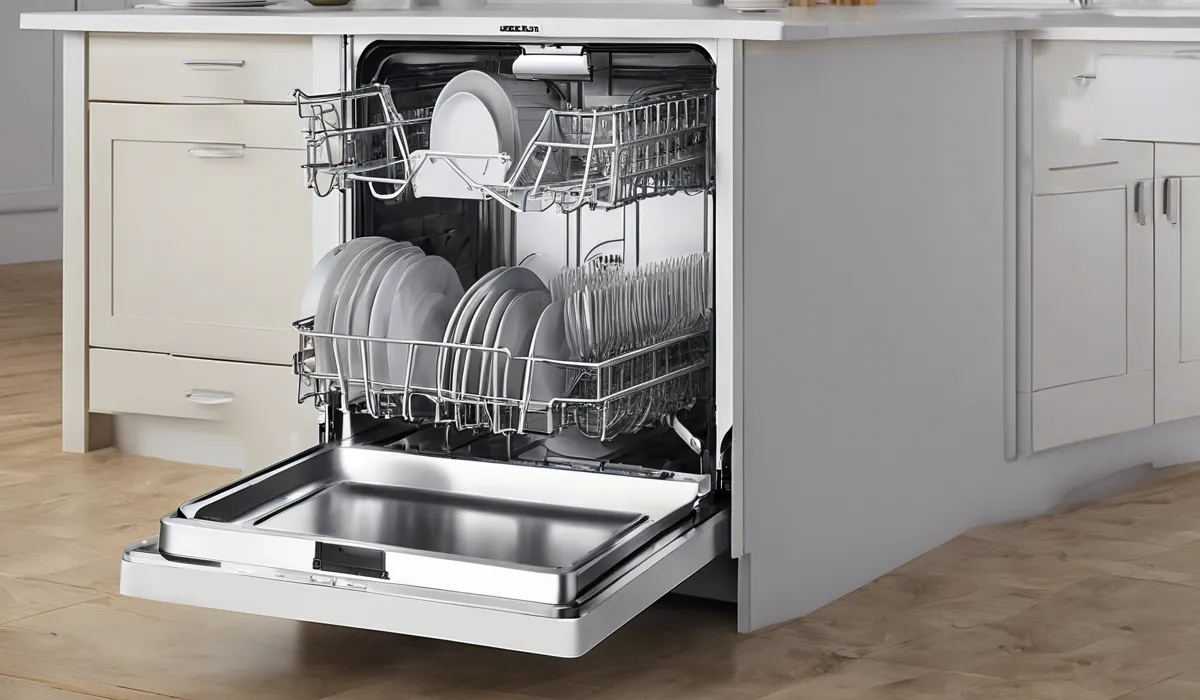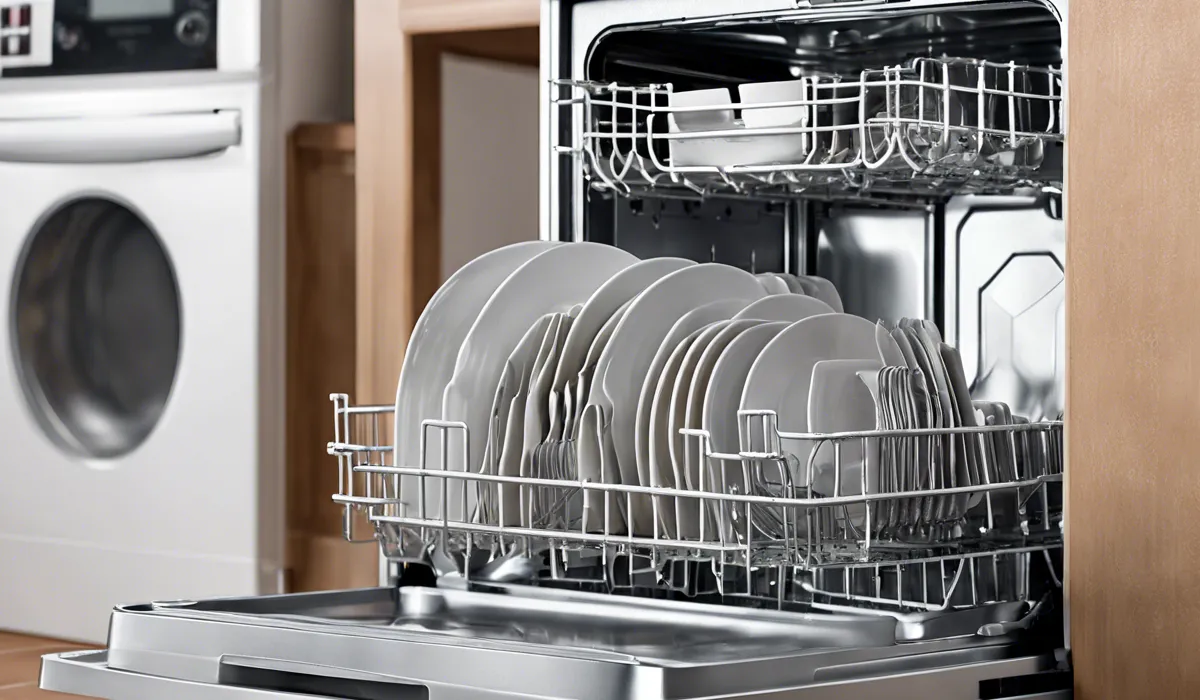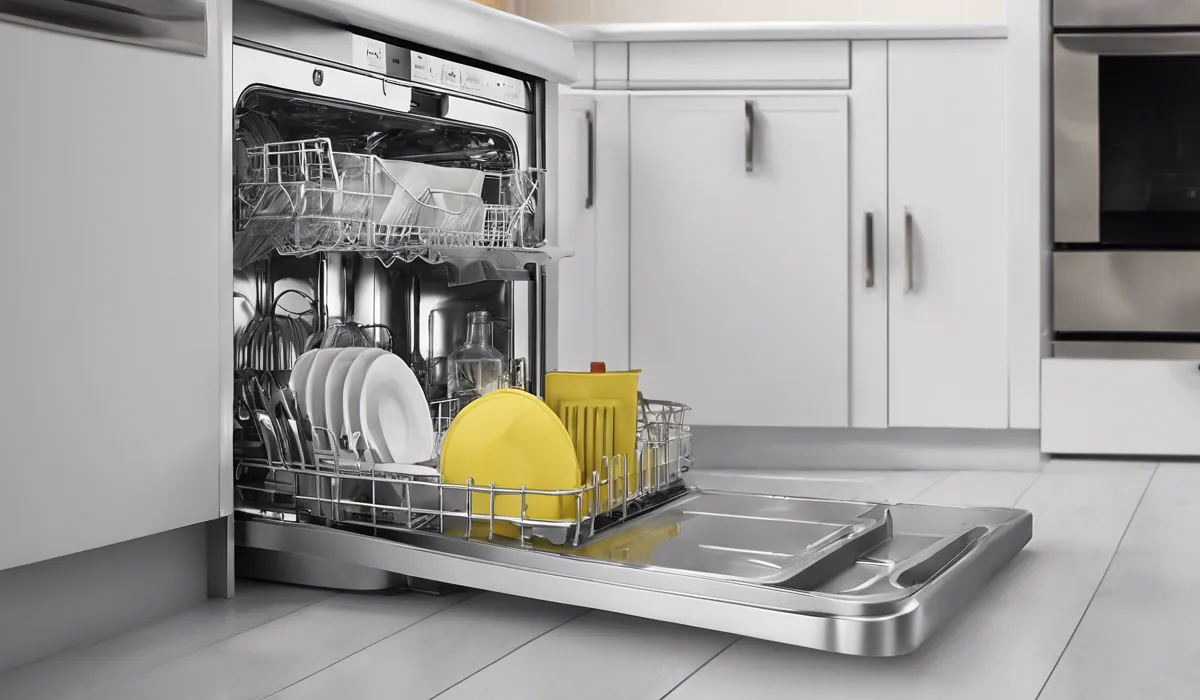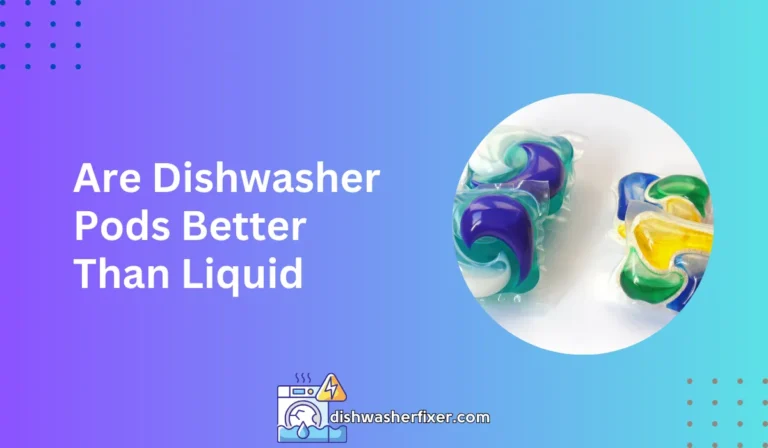Is PLA Dishwasher Safe? Uncovering the Truth for 3D Prints
PLA, or polylactic acid, is not typically dishwasher safe. High heat can cause PLA to warp or melt, so hand washing is recommended to maintain its integrity. Some PLA variants may be dishwasher safe if labeled as such, but generally, PLA should be kept away from high-temperature environments.
Understanding PLA Material

Definition of PLA (Polylactic Acid)
PLA stands for Polylactic Acid, which is a type of biodegradable plastic derived from renewable resources like corn starch or sugar cane.
Unlike traditional plastics made from petroleum, PLA is created from organic materials. This makes it a popular choice for those looking for more environmentally friendly alternatives.
Common Uses of PLA in Products
PLA is versatile and used in various products, from 3D printing filaments and food packaging to disposable cutlery and medical implants.
It’s appreciated for its biodegradability, a big plus in reducing plastic waste. For example, PLA straws can break down under the right conditions, unlike their plastic counterparts.
Comparison with Traditional Plastics
PLA differs from traditional plastics in that it’s made from biomass rather than fossil fuels. It has a lower carbon footprint and can biodegrade, given the correct industrial conditions.
However, it’s not as heat resistant as many conventional plastics, which impacts its use in certain applications, such as in dishwashers.
Factors Influencing PLA’s Dishwasher Safety

Heat Resistance of PLA
One of the primary concerns with PLA is its heat resistance. PLA typically starts to soften at temperatures around 60°C (140°F), which is much lower than what most dishwashers use during their cycles.
This means that PLA items can warp or become misshapen when exposed to the heat inside a dishwasher.
Chemical Interaction with Dishwasher Detergents
Dishwasher detergents are designed to be tough on food residues and can be quite harsh.
PLA may not react well to these chemicals, potentially leading to the material breaking down faster than it normally would. This can result in a shorter lifespan for PLA items cleaned in the dishwasher.
Degradation Over Repeated Dishwasher Cycles
Repeated exposure to high heat and strong detergents can cause PLA items to degrade over time.
Every cycle in the dishwasher increases the likelihood of damage to the structure and appearance of PLA products, which can lead to them losing their functionality.
Impact of Different Dishwasher Settings on PLA Items
Not all dishwasher cycles are created equal. Some have lower temperature settings or are shorter in duration, which might be less harmful to PLA items.
However, even these gentler cycles can pose a risk to PLA products due to the fluctuating temperatures and water pressure.
Best Practices for Cleaning PLA Items

Hand Washing vs. Dishwasher Use
When it comes to cleaning PLA items, hand washing is the safest method. Using warm, soapy water and a soft sponge can effectively clean PLA without exposing it to the high temperatures and harsh chemicals found in dishwashers.
This gentle approach helps maintain the integrity of PLA products.
Recommended Temperatures for Cleaning PLA
To avoid warping or damage, it’s best to clean PLA items in water that’s below 60°C (140°F). Lukewarm water is ideal for preserving the shape and quality of PLA products, ensuring they last longer and continue to perform well.
Tips for Extending the Lifespan of PLA Products in the Kitchen
Caring for PLA items involves more than just proper cleaning. It’s also important to store them away from direct sunlight and heat sources, as prolonged exposure can degrade the material.
Additionally, avoiding the use of PLA for hot foods or beverages can help maintain its structure.
Alternatives to Dishwashing for Maintaining PLA Items
For those looking to avoid hand washing, there are alternative cleaning options. Using a solution of vinegar and water can help sanitize PLA items without the need for high temperatures.
Ultrasonic cleaners are also an option for non-heat intensive cleaning, although their use with PLA products should be carefully considered.
FAQs About PLA Dishwasher Safety
Is PLA plastic safe to put in the dishwasher?
Typically, PLA plastic is not safe for dishwasher use as it can warp or melt under high heat.
Can high temperatures in dishwashers damage PLA?
Yes, high temperatures commonly found in dishwashers can cause PLA to warp or melt.
Are there any dishwasher safe PLA variants?
Some PLA variants may be labeled as dishwasher safe, but generally, standard PLA should not be placed in the dishwasher.
What is the recommended way to clean PLA items?
Hand washing with mild soap and warm water is recommended for cleaning PLA items to maintain their integrity.
Should PLA be kept away from all high-temperature environments?
Yes, to prevent damage, PLA should generally be kept away from high-temperature environments, including dishwashers.
Final Thoughts
PLA, or polylactic acid, should generally be hand washed due to its susceptibility to warping or melting at high temperatures, as found in dishwashers.
While some specialized PLA variants may be dishwasher safe if explicitly labeled, it is safest to avoid exposing standard PLA to such conditions to preserve its shape and functionality.





